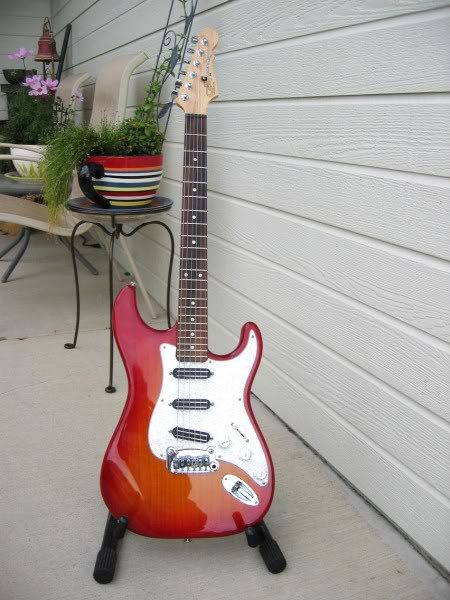Good Morning,
That is a good question, as you probably know I am not a teacher or great at explaining theory. Russell, Jerome and Southpaw41 are experts on theory.
Back to the question, I call chords like C/G slash chords and I think of them as a chord with a G note added or a bass note of G added to a C chord. That is not the way the chord chart shows it though.
This explains it better than I can.
Slash chord
From Wikipedia, the free encyclopedia
Jump to: navigation, search
In popular music a slash chord or slashed chord is a chord whose bass note or inversion is indicated by the addition of a slash and the letter of the bass after the root note letter. It does not indicate "or". (Rooksby 2004, p. 20)
For example, a C major chord (C) in second inversion is written C/G, which reads "C slash G". If B was the bass it would be written C/B (making a major seventh chord in third inversion), which is read "C slash B". Some chords may not otherwise be notated, such as Ab/A (Latarski 1991, p. 25). Thus, a slash chord may also indicate the chord form or shape and an additional bass note.
In popular music, where the particular arrangement of notes is less important than some other forms, slash chords are generally used only when the specific bass note is important. A common example in guitar based music is in the I-V-VIm progression. By placing the third of the V chord in the bass, a descending scale is created in the bass. For example, in the key of G major this would be the chords G, D/F#, Em. That progression has the descending bassline G, F#, E. This type of slash chord contains diatonically occurring notes. In traditional notation it would be written using figured bass symbols.
I believe the chord chart you were talking of on Slow Rolling Low may be wrong or maybe one of our experts can help up out and explain why it is posted 032010 and called a C/G I would play it 332010
Great Question
![]()
